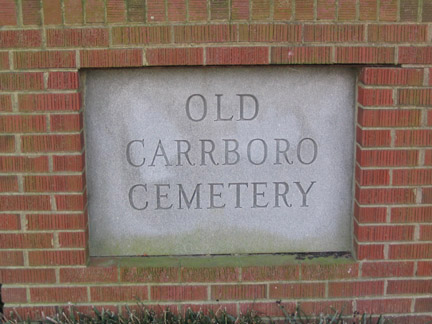Last week in Part I of my series on bees, I reviewed the importance of pollinators to our food supply, the science behind the dramatic reduction in global population of honey bees, and the status and psychology of attempts to understand and solve the problem. This week, rather than further exploring the global issues, I want to address what we can and should do about this crisis right here at home.
Before we proceed, let me be clear on my personal expectations as a citizen of Chapel Hill and Orange County. I expect that environmental matters will be given high priority, that attempts will be made to use best-in-class approaches, that a data-based, forward-thinking mindset will be applied to policy making, and that all governmental bodies within Orange County will strive to set an example for the rest of the state and the nation. I am aware that not all of my fellow citizens agree with me on this, but our local election results do suggest that a majority do.
Due to the vital importance of pollinators, including North Carolina’s hundreds of native species of bees and butterflies, Orange County should enshrine supporting them as a vital environmental priority. Doing so is not difficult, will save us money, and will make a big difference.
Many of the changes we need to make involve land use, including those listed below:
- Public spaces, road sides and gardens adjacent to government buildings should all be planted with native, perennial wildflowers. Many of these spaces are currently occupied with either grass or mulched beds of non-native, annual flowers. In addition to supporting pollinators, this approach would reduce maintenance expenses due to less need to mow, mulch and replant.
- While I am certain that there would be legal challenges, I’d like to see legislation to prevent private homeowners associations from adopting and enforcing rules which are detrimental to pollinators. In many neighborhoods in Chapel Hill, homeowners are prevented from devoting portions of their property to natural areas and wild flower beds. This needs to change.
• Following on the point above, I’d like to see our local culture move away from the cult of the lawn. Lawns consume tremendous amounts of energy and water. The chemicals that we apply to them to meet the standards of our homeowners associations are a significant source of water pollution due to runoff. Lawns provide little or no support for wildlife, pollinators or otherwise. And to top it all off, as a look around on even a sunny spring day will confirm, we rarely use them.
I am endeavoring to follow these measures myself. I own a home in Chapel Hill and a 16 acre farm in Orange County, of which 14 acres are wooded. Last year, I planted several native wild flowers beds. The results were immediate and amazing. As I walked through the farm last summer, I was enveloped in a floating sea of butterflies. I also saw many species of bees and insects I had never encountered before, many of which were extraordinarily beautiful.
This spring at both the house and the farm I have devoted even more space to wildflowers, including milkweed for the Monarch Butterfly. At the farm I am co-planting a variety of crops which depend on pollination, including tomatoes, cucumbers, and melons. I plan to post an update on these efforts over the summer, along with pictures and video.
The benefits of supporting pollinators in Orange County are clear and compelling. I also think we are long overdue for a bold new local environmental initiative. I challenge one of our local leaders to take up the banner for pollinator positive policies. I think many of the voters will be pleased.
Have a comment or question? Use the interface below or send me an email to commonscience@chapelboro.com.






Comments on Chapelboro are moderated according to our Community Guidelines